Estimated reading time 9 minutes, 34 seconds.
The global pandemic may have stalled the progress of several key Royal Canadian Air Force (RCAF) procurement programs during the past 20 months, but a plan to upgrade the CF-188 Hornet fighter jet remains on schedule.
Given the investment of $1.4 billion in regulatory, interoperability and combat systems and the modest window of about seven years during which the RCAF will gain “operational parity” with potential adversaries, meeting project deadlines has been vital, acknowledged BGen Todd Balfe, a former CF-188 pilot and a special advisor to the Fighter Capability Office on the Hornet Extension Project (HEP).
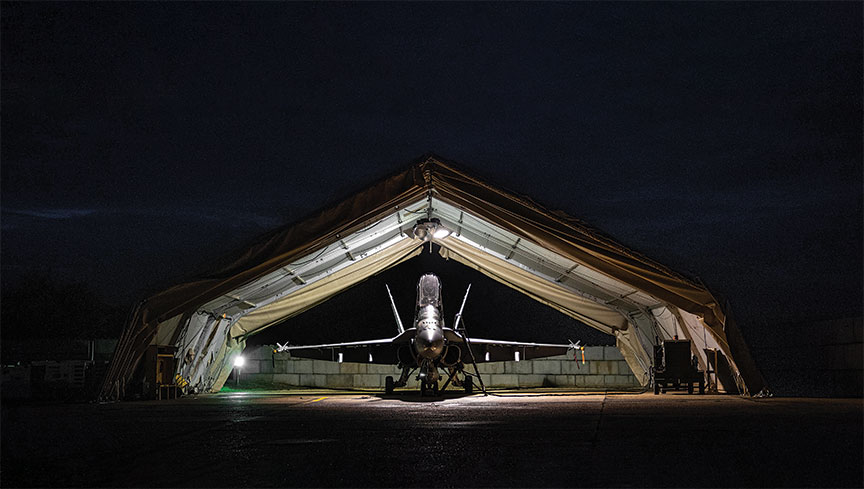
This past summer, the RCAF began assessing the first of several prototype aircraft as part of a two-phased project. Under the initial phase, the entire fleet of 94 Hornets will receive automatic dependent surveillance-broadcast (ADS-B) to replace the current transponder, Honeywell GPS/INS systems, Collins Aerospace AN/ARC-210 RT-2036 (Gen 6) radios, airborne Joint Tactical Radios, upgrades to the sniper targeting pod, enhanced mission computers and data transfer units, and updated software for the Advanced Distributed Combat Training System (ADCTS) for networked flight simulation training.
In the second phase, 36 of those jets will undergo a combat capability upgrade. The most notable change will be a Raytheon APG-79(V)4 Active Electronically Scanned Array (AESA) radar to replace the APG-73, a multimode airborne mechanically scanned radar. But the project will also deliver new weapons, including the Sidewinder AIM-9X Block II air-to-air short-range missile, the AIM-120D advanced medium range air-to-air missile, and the AGM-154 Joint Standoff Weapon (JSOW), an air-to-surface glide bomb with an unclassified published range of at least 100 kilometres.
“That’s a new capability that we haven’t had before,” Balfe said of the JSOW. “It gives us significant survival aspects for the CF-188s.”

Phase 1 of the program will upgrade avionics, mission
computers and other software for the entire fleet of 94
aircraft, including 18 Australian F/A-18 Hornets (pictured),
the last of which was delivered in May.
Krystal Wilson Photo
Phase II will enhance the combat capability of 36 jets, most
notably with a Raytheon APG-79(V)4 Active Electronically
Scanned Array (AESA) radar. Photo
The project’s aggressive schedule includes systems installation beginning by mid-2022, initial operating capability of six upgraded aircraft by the end of 2023, and a fully operational fleet by June 2025. The aim is to keep the enhanced Hornets flying until 2032 when the next-generation fighter becomes fully operational.
That HEP is hitting its targets due to the close collaboration among the Air Force, Assistant Deputy Minister Material Group, Public Services and Procurement Canada, the U.S. Marine Corps and the U.S. Navy International Programs Office (NIPO), said Balfe. Canadian and American contracting authorities have “worked tirelessly,” despite travel restrictions and other hurdles created by the pandemic, to ensure the RCAF has a viable bridge to its future fighter.
“Without those partnerships, this would have been a much different outcome,” he said.

The relationship with the U.S. Navy’s contracting office for foreign military sales (FMS) has been particularly important. Many of the CF-188’s new and upgraded systems are based on the Marine Corps’ F-18C variant, which is expected to remain in service until 2030. Canadian and American aerospace engineers are currently at Naval Air Weapons Station China Lake, Calif., completing the certification, prototyping and testing of the aircraft and sharing “non-recurrent engineering and integration” information.
“We didn’t have the time, the money or the assets to assign to do new integration work or come up with new innovative solutions,” Balfe explained. “If it was being done by the U.S. Navy, it made life much easier for us, hence the path we have gone down.”
In September, NIPO closed a US$140 million deal with Raytheon under the FMS process to provide Canada with the APG-79(V)4 AESA radar, the same radar “with a few modifications that is in the [F/A-18E/F] Super Hornet,” he said. “That Navy-Marine Corps partnership gives us opportunities to bring in some impressive capabilities.”
The benefits cut both ways. Additional Canadian funding and resources have helped the Marine Corps adopt the latest 31C software to power the AESA radar, rather than a previously planned incremental two-step approach, he added.

As HEP moves toward installation, the RCAF is also finalizing the conversion of 18 Australian F/A-18 Hornets under a $360 million interim fighter capability project to increase the fleet from 76 to 94 aircraft and allow the Air Force to meet its full NORAD and NATO commitments simultaneously.
The last of the Australian jets arrived via an Antonov-124 in May, about eight months ahead of schedule. The first five have been modified with Canadian operational flight program software, a reconfigured cockpit, ejection seat, night vision imaging systems, landing gear and sniper targeting pod and released into service at 3 Wing Bagotville, Quebec, and 4 Wing Cold Lake, Alberta.
A sixth will enter service before the end of the year and all 18 will be converted by the end of 2022 before undergoing the HEP upgrades. The Air Force has also acquired two non-flying aircraft for spares and will receive additional spare parts packages over the next year. The Australian aircraft will help spread out airframe fatigue and general wear and tear across the entire RCAF fleet.

The Hornet’s upgraded short- and medium-range air-to-air missiles can be fired
by the Lockheed Martin F-35 (pictured) and the other contender to replace
the CF-188, the Saab Gripen E. Derek Heyes Photo
The RCAF sees the Hornet’s leap in combat capabilities
as a bridge to the future fighter. The Saab Gripen E is
one of the contenders. Jamie Hunter Photo
While an increase in the fighter force matters, it’s the enhanced capabilities of the 36 HEP 2 jets that will truly bridge the gap to the future fighter, Balfe predicted. Beyond the “generational leap in capability” of the AESA radar, the short- and medium-range air-to-air missiles are a significant upgrade in combat capability over the current generation carried by the CF-188, and both can be fired by the remaining two contenders to replace it, the Saab Gripen E and Lockheed Martin F-35.
The biggest difference though will be the Joint Standoff Weapon. Canadian Hornets operate primarily in a direct attack mode; laser- and GPS-guided bombs offer a standoff range of only a few nautical miles. The JSOW represents “our first step” to engaging threats well beyond visual range, he said.
All three weapons will require a shift to top-secret targeting and mission planning, which is currently conducted at the secret level. The RCAF will leverage a Canadian Army-led project to acquire mobile Secure Compartmentalized Information Facilities (SCIF) for joint intelligence planning and processing. The modular sea containers will be equipped with RCAF mission planning systems.
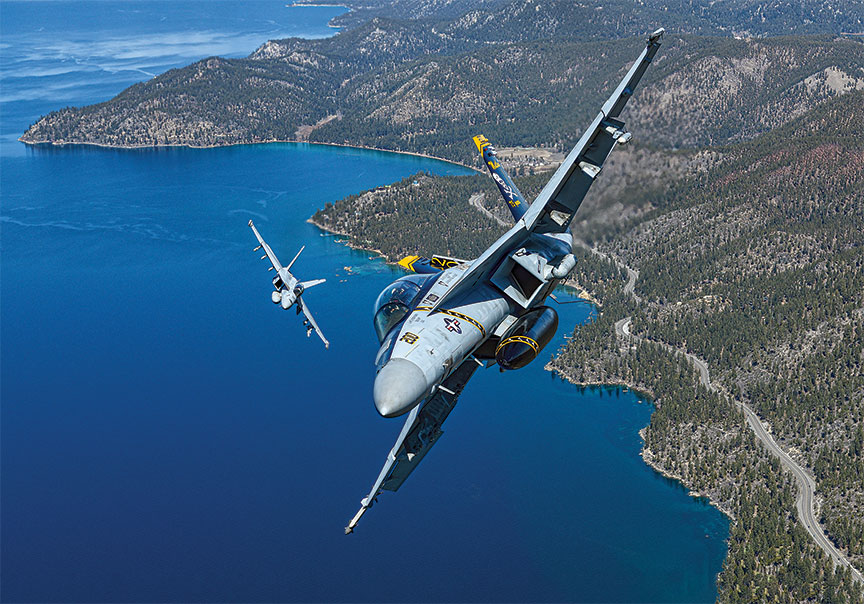
As much as HEP will establish a new standard for the CF-188 fleet, the project is no substitute for the next-gen fighter. The Hornets have reached the end of their upgradability and lack the sensor fusion and built-in design features of stealthier fighters, said Balfe.
“We can get to operational parity, but we cannot achieve the operational advantage mandated for the future fighter capability project (FFCP),” he said. “Our pilots will be pleased with the new capability, but we recognize it for what it is. It will bridge us toward the future, but it is not the answer. The answer is FFCP.”

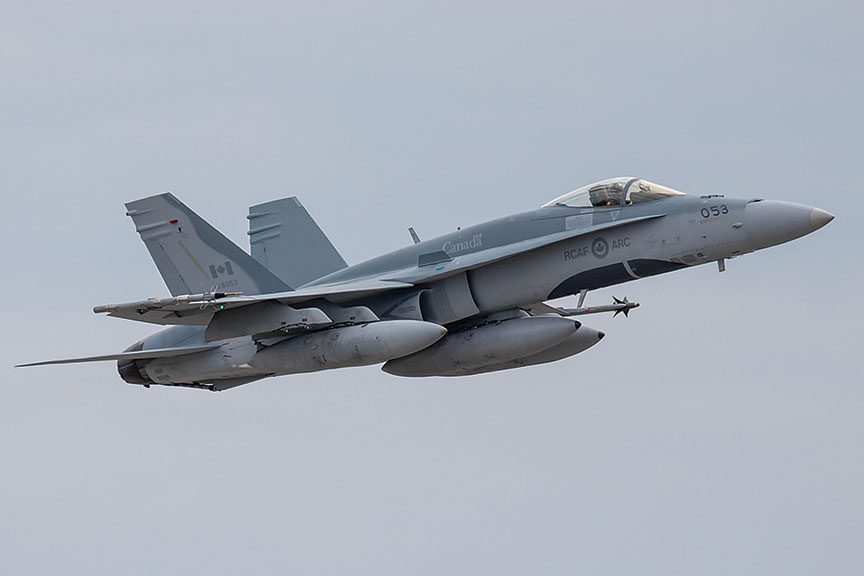
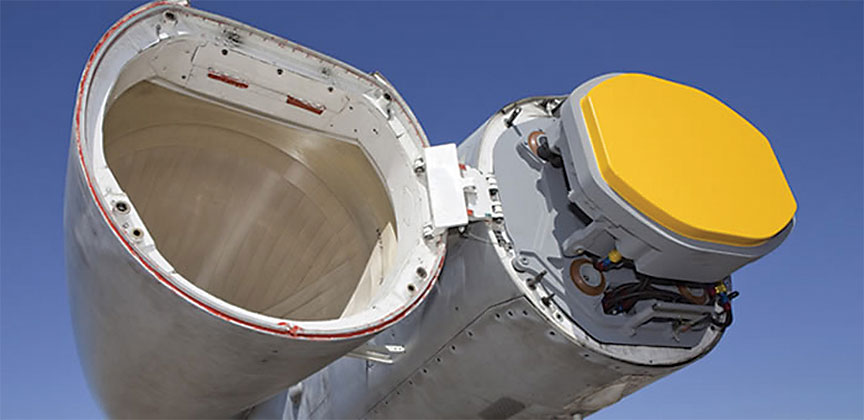
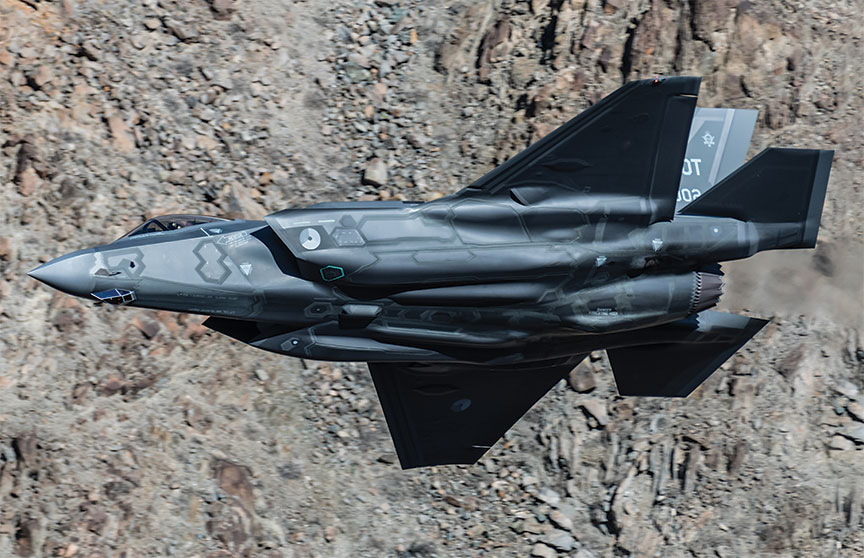
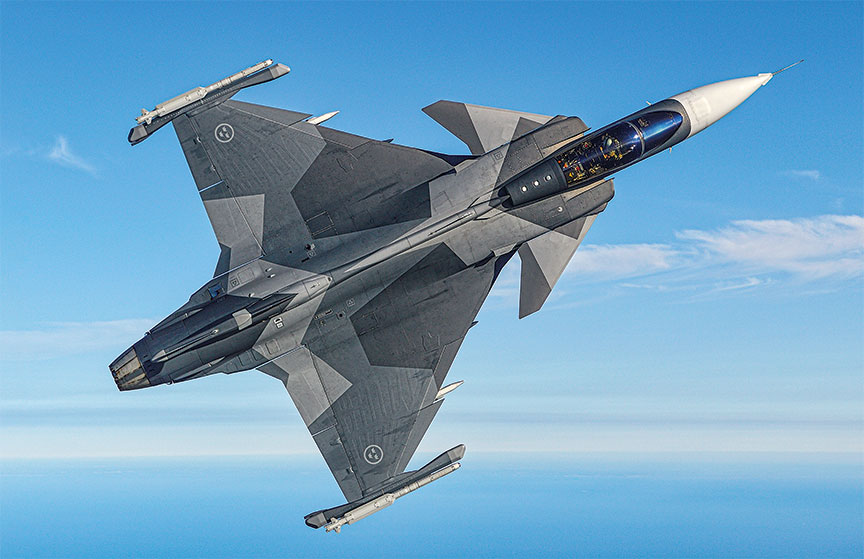

Lol “operational parity”…I wonder what the benchmark for comparison is. Sounds like millions of dollars being wasted. Just buy a new plane already!